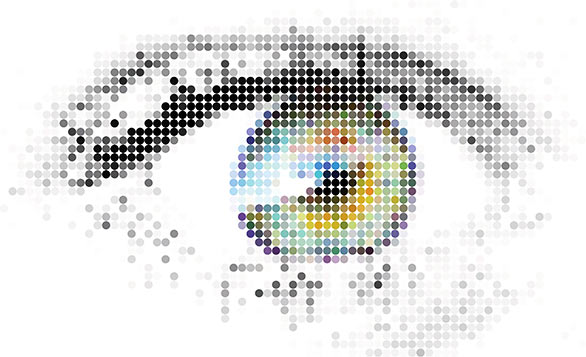 Scientists in London have achieved a significant breakthrough on the road to curing blindness this week.
Scientists in London have achieved a significant breakthrough on the road to curing blindness this week.
Certain kinds of blindness are caused when photoreceptors — the cells in the retina that react with light and send an electrical signal to the brain — die off. Researchers at Moorfields Eye Hospital and University College London have, for the first time, created a technique to transform stem cells into photoreceptors and inject them into the eyes of mice. The BBC reports that studies of this technique in humans are not terribly far off. Says lead researcher Robin Ali, “Five years is a now a realistic aim for starting a clinical trial.”
Stem cell research is a hot topic in science and TED has had many speakers on the topic. At TEDGlobal 2012, the founder of the New York Stem Cell Foundation (NYSCF), Susan Solomon, spoke on the incredible promise of research with stem cells. She finds herself very encouraged by this news.
“To restore vision, safely and effectively, is an enormous challenge,” she tells the TED Blog. “We are incredibly excited by the British group’s advance in creating working photoreceptors from stem cells. However, many eye diseases do not discriminate between cell type, resulting in tissue-wide damage. At NYSCF, we enable work that complements the British group’s advance. Our collaborators have been applying similar techniques to create the eye cells supportive of photoreceptors.”
To celebrate this development towards the restoration of vision, below a playlist of talks on blindness and sight — from a car for blind drivers to a new way to experience color.
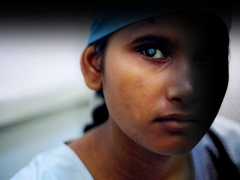 Pawan Sinha: How brains learn to see
Pawan Sinha: How brains learn to see
Pawan Sinha on how brains learn to see Pawan Sinha gives blind children the gift of sight. In this talk from TEDIndia 2009, Sinha details his research on the development of the brain’s visual system, offering insight into neuroscience and engineering, as well as into autism. Sinha and his research team provide free vision-restoring treatment to children born blind, and then study how their brains interpret this new visual data. |
 Dennis Hong: Making a car for blind drivers
Dennis Hong: Making a car for blind drivers
Dennis Hong: Making a car for blind drivers Director of the robotics and engineering company RoMeLa, Dennis Hong is building a car for drivers who are blind. In this talk from TED2011, he stresses how this is not a ‘self-driving’ car, but one in which a non-sighted driver can determine speed, proximity and route. |
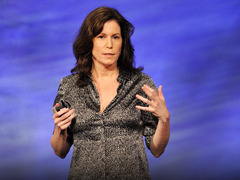 Sheila Nirenberg: A prosthetic eye to treat blindness
Sheila Nirenberg: A prosthetic eye to treat blindness
Sheila Nirenberg: A prosthetic eye to treat blindness In her TEDMED talk from 2012, Sheila Nirenberg presents a new way to create vision for those suffering from certain types of blindness. Here, she explains how she has created a prosthetic sensory device by hooking into the optic nerve and sending signals directly from the camera to the brain. |
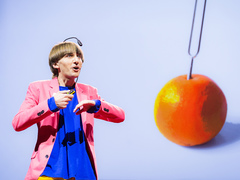 Neil Harbisson: I listen to color
Neil Harbisson: I listen to color
Neil Harbisson: I listen to color Artist Neil Harbisson experiences color through sound. Born completely color blind, Harbisson now wears a device attached to his head that allows him to perceive the world around him in a symphony of color, listening to faces, paintings and colors beyond the range of sight. |
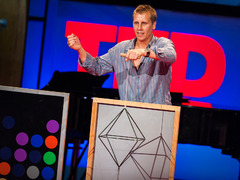 Beau Lotto: Optical illusions show how we see
Beau Lotto: Optical illusions show how we see
Beau Lotto: Optical illusions show how we see In this talk from TEDGlobal 2009, Beau Lotto plays games with color to puzzle your vision, highlight things you can’t normally see and illustrate how your brain works. Offering a first-hand look at the versatile sense of sight, Lotto reveals how evolution tints your perception of what is really out there. |
Comments (13)
Pingback: TED: Sistema per trasformare cellule staminali in fotorecettori – Optometria Giovane
Pingback: How technology is changing blindness: 6 talks on how those who can’t see can drive cars, take photographs and more | TokNok Multi Social Blogging Solutions